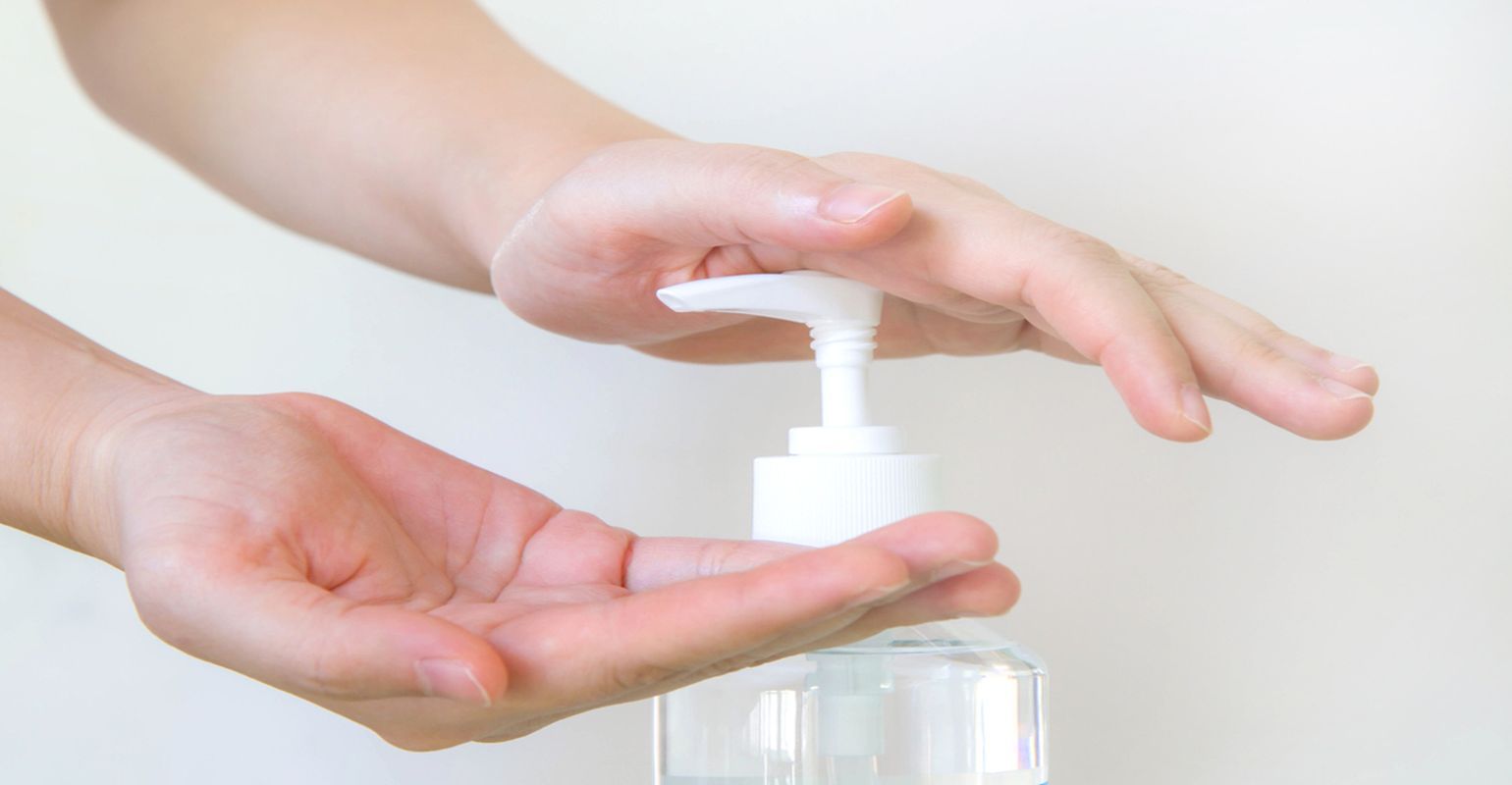FDA Issues Final Rule on Safety and Effectiveness of Consumer Hand Sanitizers

The Food and Drug Administration (FDA) today issued a final rule designed to help ensure that hand sanitizers available over-the-counter (OTC) are safe and effective for those who rely on them. The rule establishes that certain active ingredients are not allowed to be used in OTC hand sanitizers, formally known as topical consumer antiseptic rub products, which are intended for use without water, that are marketed under the FDA’s OTC Drug Review. The final rule also seeks to ensure that the agency’s safety and effectiveness evaluations and determinations for consumer antiseptic rub active ingredients are consistent, up-to-date and appropriately reflect current scientific knowledge and increasing use patterns.
“Our action today aims to help provide consumers with confidence that the over-the-counter hand sanitizers they’re using are safe and effective when they don’t have access to water to wash with soap,” said Janet Woodcock, MD, director of the FDA’s Center for Drug Evaluation and Research. “In today’s final regulation we finalized the FDA’s previous determination that 28 active ingredients, including triclosan and benzethonium chloride, are not eligible for evaluation under the FDA’s OTC Drug Review for use in consumer antiseptic rubs. We’ve also reaffirmed our need for more data on three other active ingredients, including ethyl alcohol, which is the most commonly used ingredient in hand sanitizers, to help the agency ensure that these products are safe and effective for regular use by consumers. We believe industry has made good progress toward providing data and we will continue to provide updates to the public about the progress of collecting this data.”
Consumer antiseptic hand sanitizers provide a convenient alternative when hand washing with plain soap and water is unavailable. Millions of Americans use antiseptic rubs daily, sometimes multiple times a day, to help reduce bacteria on their hands. The Centers for Disease Control and Prevention advises that washing hands with plain soap and running water is one of the most important steps consumers can take to avoid getting sick and to prevent spreading infections to others. If soap and water are not available, the CDC recommends using an alcohol-based hand sanitizer that contains at least 60 percent alcohol.
As part of the June 30, 2016 proposed rule on consumer antiseptic rubs, the FDA requested additional scientific data to support the safety and effectiveness of active ingredients used in OTC consumer antiseptic rubs.
At this time, three active ingredients-benzalkonium chloride, ethyl alcohol, and isopropyl alcohol-are being deferred from further rulemaking to allow for the ongoing study and submission of additional safety and effectiveness data necessary to make a determination regarding whether these active ingredients are generally recognized as safe and effective for use in OTC consumer antiseptic rub products. Their status will be addressed either after completion and analysis of the studies or at another time, if these studies are not completed. At this time, the FDA does not intend to take action to remove hand sanitizers containing these three active ingredients from the market.
Less than 3 percent of the marketplace will be affected by the issuance of this final rule, as most OTC consumer antiseptic rubs use ethyl alcohol as the active ingredient.
The FDA is aware that retailers and pharmacies continue to market a very low number of consumer hand sanitizers containing benzethonium chloride, but that they stopped marketing hand sanitizers containing triclosan. Drug products containing any ineligible active ingredients will require approval under a new drug application or abbreviated new drug application prior to marketing.
This final rule completes a series of rulemaking actions in the FDA’s ongoing review of OTC antiseptic active ingredients to determine whether these ingredients are safe and effective for their intended uses. The FDA previously issued final rules on consumer antiseptic washes (Sept. 2016) and healthcare antiseptics (Dec. 2017)
“On behalf of our members who produce hand sanitizers and their ingredients, the American Cleaning Institute looks forward to providing additional data to ensure the FDA has complete and up-to-date information on ethanol and benzalkonium chloride used in these beneficial products," says Richard Sedlak, executive vice president of technical and international affairs for ACI. "ACI welcomes the agency’s decision to allow adequate time to complete the new studies to generate the data the agency is requesting."
Sedlak adds, "Consumers can continue to use hand sanitizer products with confidence as this regulatory process moves forward. We will work to ensure that these products remain available to help people stay clean and healthy in homes, day care centers, restaurants, and offices across the United States.”
Point-of-Care Engagement in Long-Term Care Decreasing Infections
November 26th 2024Get Well’s digital patient engagement platform decreases hospital-acquired infection rates by 31%, improves patient education, and fosters involvement in personalized care plans through real-time interaction tools.
The Leapfrog Group and the Positive Effect on Hospital Hand Hygiene
November 21st 2024The Leapfrog Group enhances hospital safety by publicizing hand hygiene performance, improving patient safety outcomes, and significantly reducing health care-associated infections through transparent standards and monitoring initiatives.
The Importance of Hand Hygiene in Clostridioides difficile Reduction
November 18th 2024Clostridioides difficile infections burden US healthcare. Electronic Hand Hygiene Monitoring (EHHMS) systems remind for soap and water. This study evaluates EHHMS effectiveness by comparing C difficile cases in 10 hospitals with CMS data, linking EHHMS use to reduced cases.